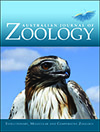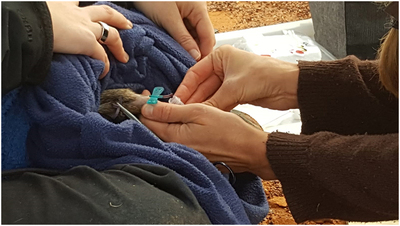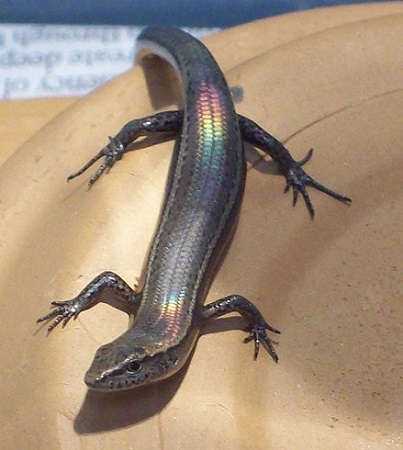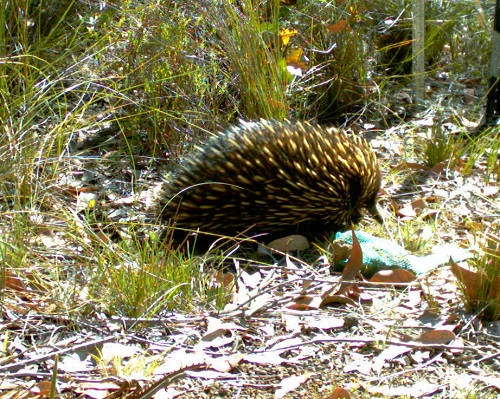Australian Journal of Zoology
Volume 69
Number 5 2021
Leadbeater’s possum (Gymnobelideus leadbeateri) is a critically endangered arboreal marsupial with a highly restricted distribution in the Central Highlands of Victoria. Using linear regression modelling, we quantified the influence of broadscale geographic variables and an individual’s sex on body weight. We found that body weight was significantly related to elevation and sex, with individuals being larger at higher elevations and males, on average, heavier than females.
This figure was produced by the lead author using a package in R.
The burrowing bettong (Bettongia lesueur) has suffered drastic population declines since the introduction of cats to Australia. We surveyed bettongs inhabiting the Arid Recovery Reserve (South Australia) to investigate whether animals coexisting with cats were at an increased risk of infection with Toxoplasma gondii, a parasite transmitted by felids that causes disease in many species. We found no evidence of infection; however, ongoing testing of this valuable reintroduced population is recommended. Photograph by Philippa McKay.
Human-assisted dispersal can act to bring populations that have been separated for millions of years into secondary contact in their introduced range. We demonstrate that interbreeding is occurring amongst individuals from the four genetically divergent (>2 million years) native-range lineages of the delicate skink (Lampropholis delicata) that are present on Lord Howe Island. Our findings indicate that, despite substantial genetic structure across its native range, the delicate skink is a single, widespread, but variable species. Photograph by Sarah Simmonds.
Bioturbation represents an important ecological process within Australian ecosystems. We measured the size and density of echidna diggings in the northern jarrah forest in south-west Western Australia. Taking seasonal changes into account, we estimated echidnas collectively turn over 1.23 tonnes of soil ha−1 year−1 in this forest. Echidnas are one of the only remaining digging animals in Australia not severely impacted by population decline and their contribution to the health and resilience of forest ecosystems is likely to become increasingly important. Photograph by S. Dundas.









